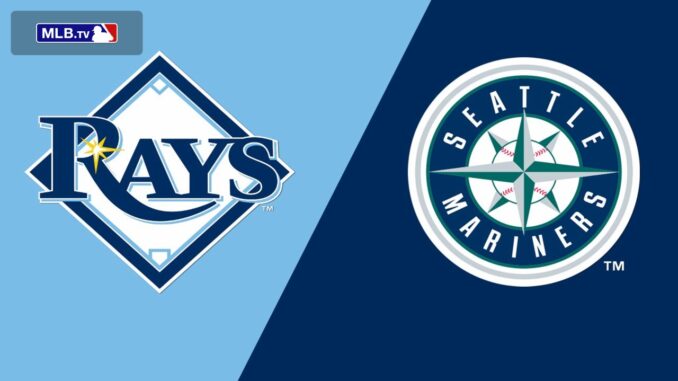
Although many Mariners fans have valid frustrations about the franchise’s limited accomplishments over nearly fifty years — especially the absence of a World Series appearance — it’s important to recognize that the team has quietly become one of baseball’s more reliable contenders in recent seasons.
Beginning with the 2021 campaign and continuing through 2025, Seattle is one of only four Major League organizations to record at least 85 victories in each of those years. Sustained winning at that level is rare in the modern game and deserves acknowledgement, even if it hasn’t yet translated into postseason glory.
More MLB: Wilson’s 1st full season as skipper ends with 3rd-place AL MOY finish
A key driver of this steady performance has been the pitching staff, particularly the bullpen. During the 2021–2025 span, Seattle’s relief corps consistently ranked among the top ten in the league in earned run average, demonstrating durability and excellence across multiple seasons. Strong bullpen performance is often the difference between contending and falling short, and Seattle’s relievers have routinely kept the team competitive in close games.
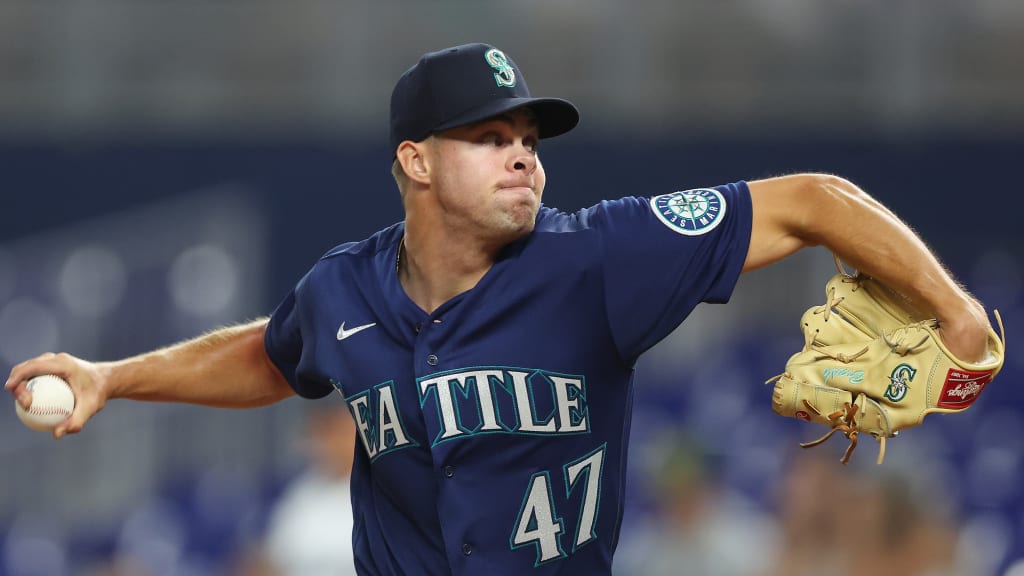
However, the 2025 season revealed subtle but meaningful signs of slippage. While still solid overall, the Mariners’ relief unit posted its weakest figures since this period of sustained success began. They placed 13th in WHIP — a measure of walks and hits allowed per inning pitched — and 16th in opponents’ batting average.
More MLB: Rays close book on Fairbanks era after declining ’26 option
Neither of those rankings are disastrous, but compared to previous years, they indicate a bullpen that wasn’t quite as dominant and allowed opposing hitters more frequent opportunities. For a team whose path to winning often relies on narrow margins and late-game execution, even a slight decline is noticeable.
Despite those concerns, the core of Seattle’s bullpen remains exceptionally strong. Andrés Muñoz continues to be one of the most electric relievers in baseball, capable of overpowering hitters with elite velocity and swing-and-miss stuff. Matt Brash, Gabe Speier, and Eduard Bazardo also provide reliability and depth, giving the club a formidable late-inning foundation. The Mariners are not starting from scratch — they have pieces that most teams would envy.
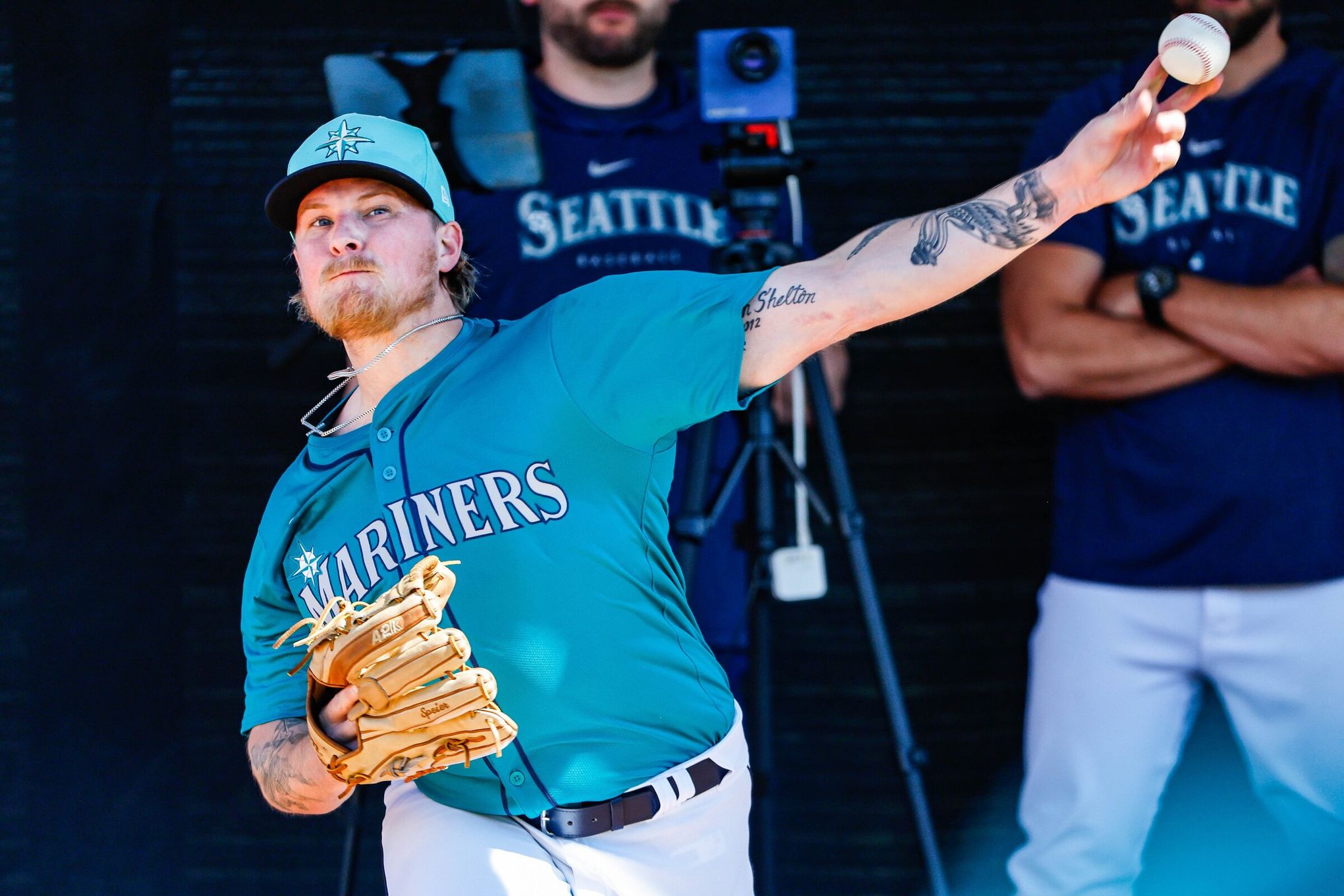
Still, not every recent bullpen move has paid off. The trade deadline acquisition of Caleb Ferguson failed to deliver meaningful improvement, and his inconsistency highlighted the need for additional support. The postseason only reinforced that point — Seattle’s relievers were put into pressure situations and, at times, showed that the group may be a piece short.
More MLB: Mariners AGM McKay leaving for role with Guardians (sources)
In a recent article for The Seattle Times, Adam Jude floated the idea of pursuing free-agent closer Devin Williams as a high-impact addition. Williams, known for his devastating changeup and All-Star caliber performance, would theoretically give Seattle a top-tier bullpen upgrade. However, there are reservations about whether Williams is the ideal solution. Some observers view him as a risky or polarizing target, perhaps due to cost, inconsistencies, or long-term value.
Even so, the Mariners do have other intriguing options. Another reliever — not yet strongly linked to Seattle — has surfaced as a potentially better fit. While speculation at this stage is just that, the possibility underscores a broader point: the Mariners may only be one or two strategic bullpen additions away from elevating their already competitive roster to the next level.
Pete Fairbanks isn’t on the radar in Seattle but he should be
According to reporting from Adam Berry of MLB.com, the Tampa Bay Rays have officially declined relief pitcher Pete Fairbanks’ $11 million team option for the upcoming season, instead opting to pay the $1 million buyout specified in his contract. This decision effectively ends Fairbanks’ tenure with the Rays after several highly successful years.

Between 2019 and 2023, Fairbanks was a critical contributor to Tampa Bay’s bullpen and played an important role in the franchise making five consecutive postseason appearances. His legacy within the organization is significant—he departs ranking second in team history in strikeouts by a reliever, third in total saves, and fourth in total appearances. For a pitcher who was not originally seen as a top-tier closer, his impact over multiple seasons is undeniable.
More MLB: Unpacking Rays’ recent under-the-radar moves — and what they mean for ’26
On the surface, the Rays declining his option may cause some people to question whether Fairbanks remains a reliable bullpen option. After all, he will turn 32 next month, and seeing a contending team part ways with a pitcher of his caliber could lead to the assumption that his best days are behind him, or that injuries and inconsistency have finally caught up to him. But that narrative doesn’t tell the full story.
While opinions may vary, there is strong evidence that Fairbanks still has a lot to offer. In fact, his most recent campaign demonstrated durability and productivity—two traits teams desperately value in late-inning relievers. Fairbanks set new single-season personal benchmarks in both appearances (61 games) and total innings pitched (60.1), showing that he could handle a full workload without major setbacks. That level of usage from a reliever suggests trust from his coaching staff and physical resilience, especially in a league where bullpen arms are constantly shuffled due to performance volatility and fatigue.
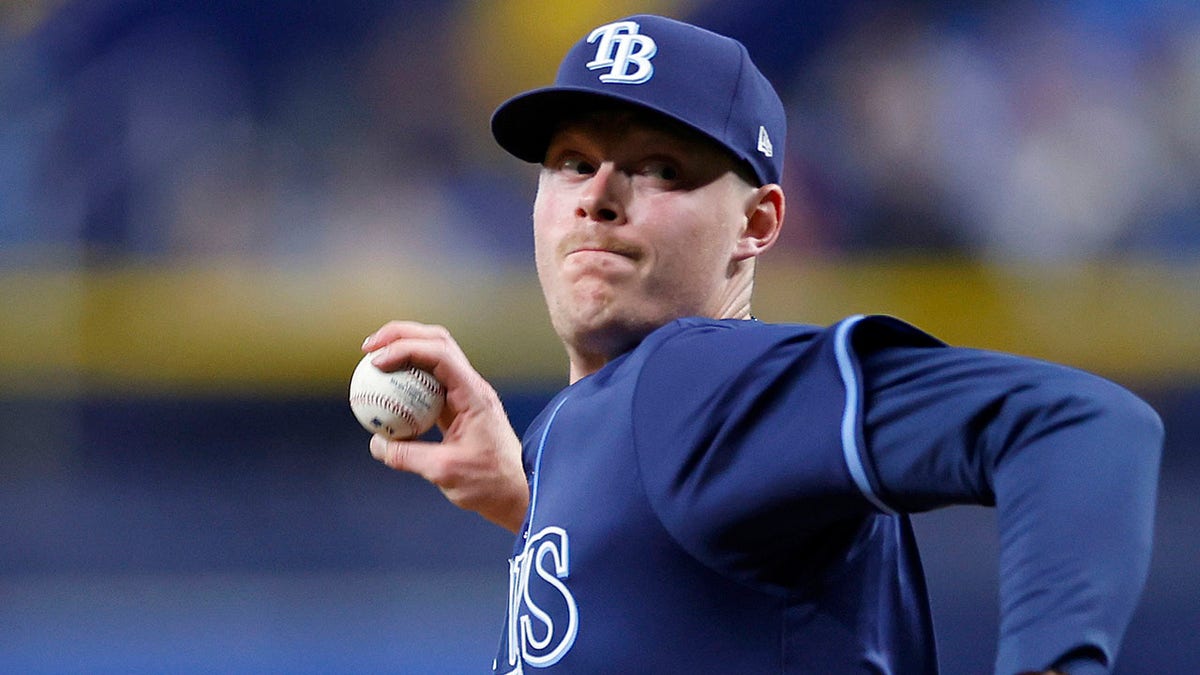
Not only was Fairbanks available, he was effective. His final pitching line included an impressive 2.83 ERA paired with a 1.044 WHIP, showing that opponents struggled to reach base or string together meaningful rallies against him. Those metrics demonstrate that he remained one of the more dependable arms in the Rays’ bullpen.
Advanced data backs this up as well. According to Baseball Savant, while his strikeout rate has dipped slightly from his dominant peak years, Fairbanks still possesses elite-level velocity. His fastball continues to sit at an average speed of 97.3 miles per hour, occasionally touching triple digits, and his slider continues to operate as a difficult, bat-missing secondary pitch. Even without the highest possible strikeout rate, his pitch mix remains effective, and hitters still struggle to square him up.
Given the combination of proven late-inning success, ongoing effectiveness, and elite velocity, Fairbanks should draw strong interest on the open market. Teams seeking playoff-caliber bullpen help could view him as a relatively low-risk signing with high upside. The Rays may have chosen to move on for financial or roster-construction reasons, but that doesn’t diminish what Fairbanks brings to the mound.
In short, while the Rays’ decision marks the end of an era, Pete Fairbanks remains very much a viable, high-impact late-inning reliever ready to contribute to another contender.
As always money will be the biggest challenge for Mariners ownership
In a perfect scenario, adding Pete Fairbanks to the Seattle Mariners roster would be a highly appealing move. Fairbanks has recently served as a closer, while Andrés Muñoz currently holds that role in Seattle. Even so, teams in today’s MLB environment understand the value of bullpen flexibility. Having a second pitcher with closing experience can be a tremendous advantage, especially when injuries, back-to-back usage, or matchup-specific needs arise over a long season.
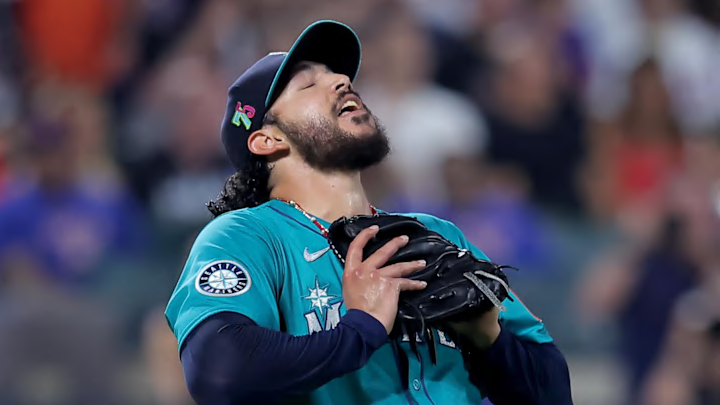
Ideally, Fairbanks could serve as a high-leverage reliever who occasionally steps into the ninth inning when Muñoz needs rest or when the situation demands a different look. Fairbanks has the mentality, skill, and competitive edge to handle pressure innings, and one would expect that with proper communication—and the right contract—he would adjust without issue. This brings us to the biggest question: cost.
More MLB: ‘SubMariner’ Cleveland finds success in Minors with an unexpected arm slot
Despite the Rays’ appreciation for Fairbanks and everything he contributed over multiple postseason runs, the organization ultimately decided not to exercise his contract option. The issue wasn’t about performance or character; it was purely financial. Tampa Bay is known for strict payroll management, and Fairbanks’ option would have placed him among the highest-paid players on their roster.
For a small-market team that operates with limited spending power, committing that level of money to a reliever—regardless of his track record—was too much to justify. Even if Fairbanks doesn’t secure the full $11 million that his option would have paid in 2026, he is still positioned to command a salary much higher than many relievers on the market. That puts pressure on any club exploring the possibility of adding him, including the Mariners.
It’s not that Fairbanks hasn’t earned the right to be paid. He’s proven himself as a dominant bullpen arm when healthy, capable of overpowering hitters with velocity and wipeout stuff. The question becomes how much Seattle is willing to invest, financially and contract-length wise. If Fairbanks’ camp insists on a multi-year deal—likely at a premium number—the Mariners must evaluate the risk.

Relievers, particularly ones with a history of injuries or fluctuating performance, are always unpredictable investments. Seattle would need to weigh the upside of strengthening an already strong bullpen against the financial commitment and the possibility of regression or health issues.
For the Mariners, the appeal is obvious. Fairbanks throws strikes consistently and brings postseason experience, something that carries significant value for a team pushing to move deeper into October. Pairing him with Muñoz and the rest of Seattle’s relievers could turn the bullpen into one of the most dominant and deep relief groups in the American League. That level of depth is what separates good contenders from great ones.
Still, the final decision lies with Jerry Dipoto and Seattle’s front office. They must determine whether Fairbanks fits into the club’s spending priorities, especially when other areas of the roster may also need investment. Fairbanks would unquestionably improve the team. The real question is whether the Mariners are willing to meet his price and commit to the length of contract he will likely seek.


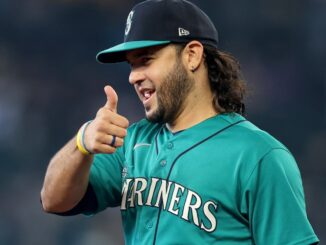
Be the first to comment